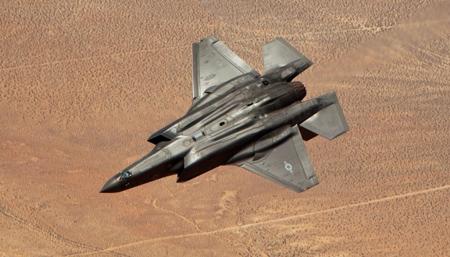The problem is however known, but the only solution proposed is that of repainting the trucks that transport the fuel in white or in any case with a reflective paint to keep it at temperature. Perhaps the first case in the history of aeronautics, without considering that the F-35 will go on fighting even in the desert: in Iraq temperatures can exceed 50 degrees.
Rather than attempting to modify the project which has already reached exorbitant figures, the Air Force is repainting its trucks at a cost of 3900 dollars each.
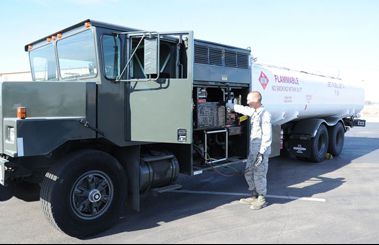 So far, only one truck has been repainted, but we still don't know if the new paint will solve the problem. But even if the temperature problem were solved, there would still be another one linked to the easy identification of trucks with bright white paint. To avoid this, the Air Force is studying internal thermal reflective coatings.
So far, only one truck has been repainted, but we still don't know if the new paint will solve the problem. But even if the temperature problem were solved, there would still be another one linked to the easy identification of trucks with bright white paint. To avoid this, the Air Force is studying internal thermal reflective coatings.
The Chinese, meanwhile, claim that the fifth-generation J-31 fighter could certainly break down the F-35. The statement (strange in reality) is from Lin Zuoming, president of the Aviation Industry Corp of China (Avic), who developed the stealth fighter.
The Shenyang J-31 "Falcon Hawk" (photo), flew for the first time the 31 October of the 2012. Designed thanks to a reverse engineering process by a downed American stealth fighter, it was to become the fifth generation Chinese fighter on board, effectively becoming the F-35 Lightning II antagonist.
But something does not seem to have worked, so much so that China, which has only one aircraft carrier, has reduced the real value of the aircraft, proposing it to second-level air forces such as Brazil, Pakistan and some Middle Eastern countries.
It seems that the technology created was not initially designed for export, but built for internal use. Something, however, seems to have failed.
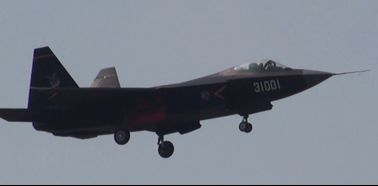 By analyzing the photos, the J-31 seems to be little more than a cheap copy of an American fighter jet. In fact, the nose section, the twin tails as well as the trapezoidal wings represent the distinctive lines of western stealth design.
By analyzing the photos, the J-31 seems to be little more than a cheap copy of an American fighter jet. In fact, the nose section, the twin tails as well as the trapezoidal wings represent the distinctive lines of western stealth design.
Probably, the J-31 is based on technology extracted from American planes lost in battle, such as the F-117 stealth shot down in 1999, in Serbia. It is also true that in recent years, targeted attacks have been carried out against Lockeed Martin.
Therefore, Chinese hackers could have managed to get their hands on some useful technical drawings of the Raptor and the F-35. But it is also true that to copy American technology not only projects are needed. We must also be able to.
However, to date it is impossible to compare the J-31 with other combat aircraft, given the secrecy that still surrounds it.
We know that his shooting control radar, as well as subsystems and avionics are entirely Chinese. His design certainly makes it look like a fifth-generation fighter, but we don't know the materials used for the aircraft's upholstery.
F-35: the timeline
The Pentagon should buy 2400 Joint Strike Fighter for a total cost of 400 billion dollars, the 70 per cent more than the original projections and for more aircraft. The production contract for the Joint Strike Fighter was awarded to Lockheed in the 2001.
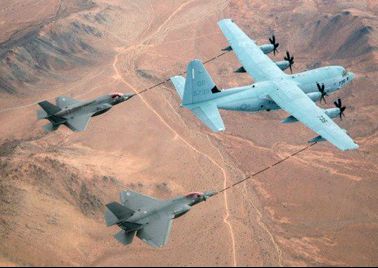 To date, around 100 fighters have been delivered while development and testing continues. About 100 F-35 pilots have been trained at Englin, including British and Dutch aviators. Much of the training was performed on the simulators, because the aircraft's software is not yet ready. The pilots, then, have never carried out fire training missions because the planes do not yet have the necessary software, for example, for the bombing.
To date, around 100 fighters have been delivered while development and testing continues. About 100 F-35 pilots have been trained at Englin, including British and Dutch aviators. Much of the training was performed on the simulators, because the aircraft's software is not yet ready. The pilots, then, have never carried out fire training missions because the planes do not yet have the necessary software, for example, for the bombing.
In fact, we are talking about an aircraft that has yet to reach its initial operational capacity: the current F-35 is not yet ready for use in combat.
The Air Force will reach the initial operational capacity of the F-35A as soon as the first squad consisting of 12-24 aircraft will be formed, with trained aviators and crews able to perform close air support missions, interdiction and limited suppression and destruction of enemy anti-aircraft defenses.
The F-35A will reach full initial operational capability between August and December of the 2016.
The Marine Body equipped with the F-35B will reach initial operational capability as soon as the first 10-16 aircraft squadron has been formed, with infantry and trained crew to carry out close missions, interceptions, armed reconnaissance missions and support with land forces. The F-35B will achieve full initial operational capability between July and December of the 2015.
Us Navy, finally equipped with the F-35C, will achieve full initial operational capability as soon as the first 10 airplane squadron has been formed with personnel trained and trained military personnel and pilots. The F-35C will achieve full initial operational capability between August 2018 and February 2019.
Franco Iacch
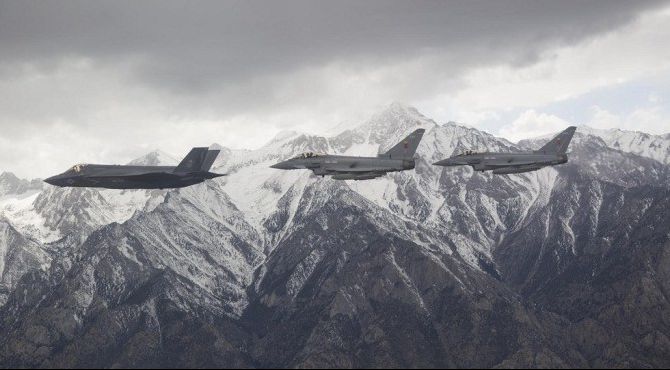
(photo: Lockheed Martin / US Air Force / archive)

